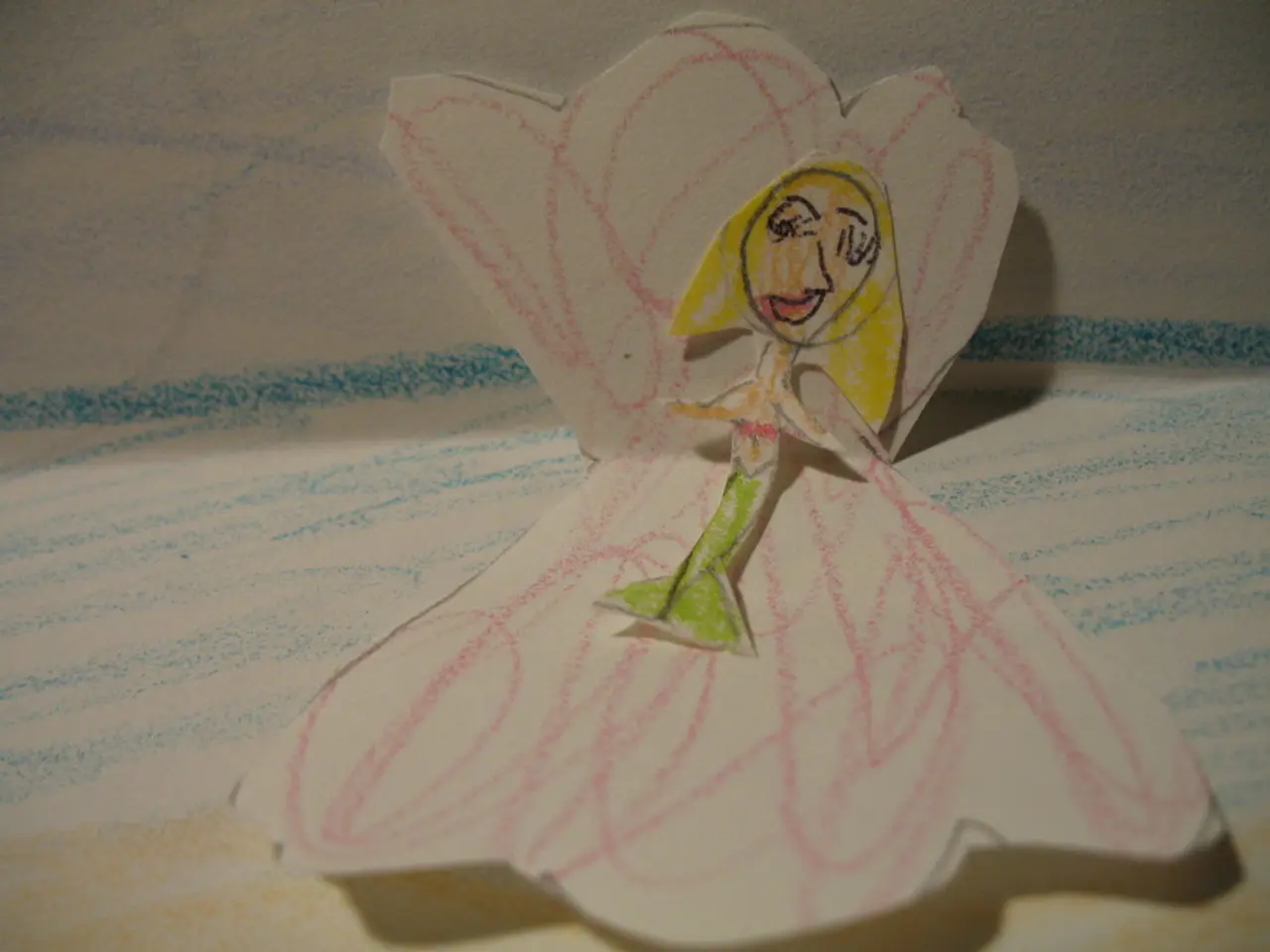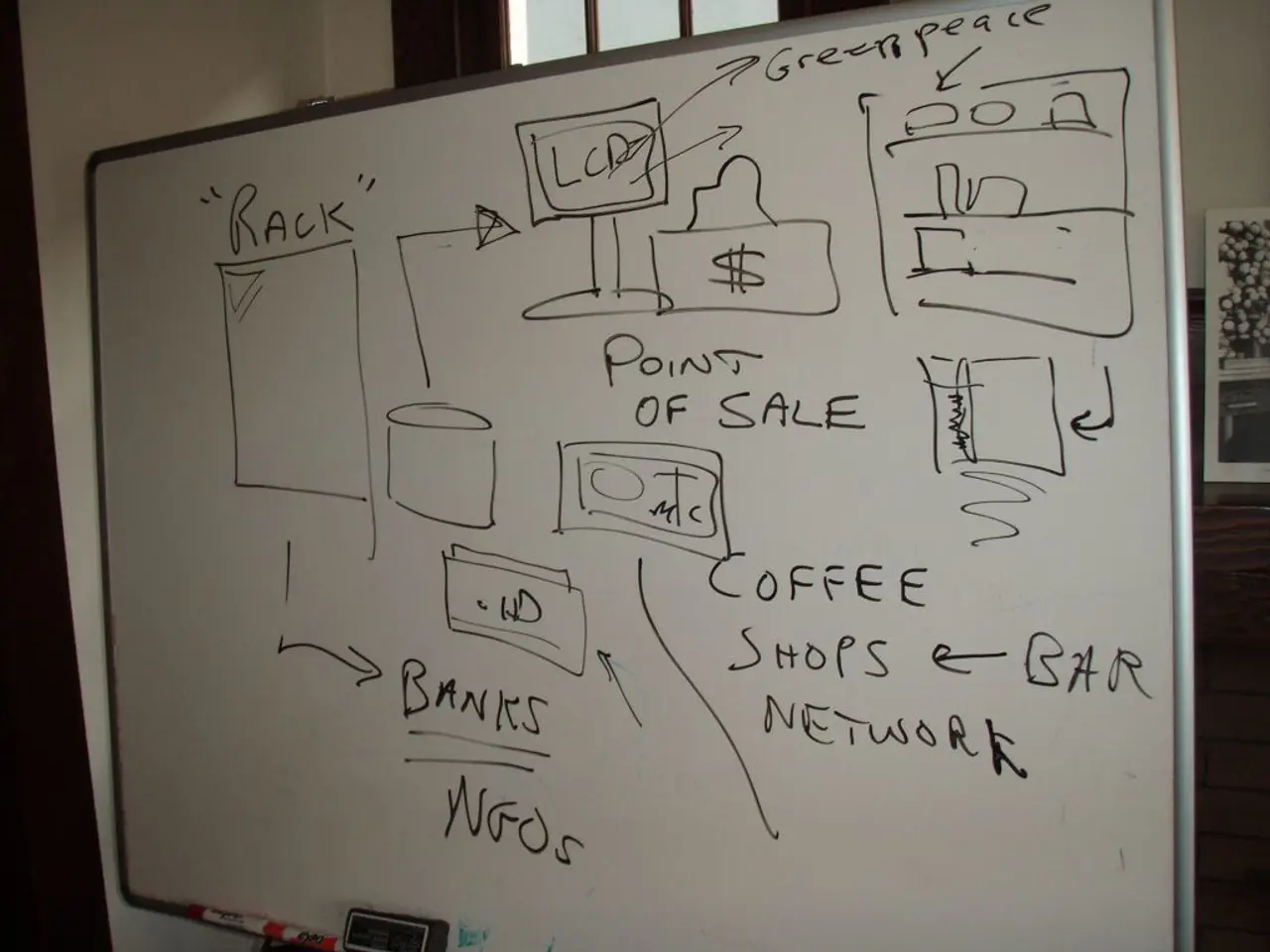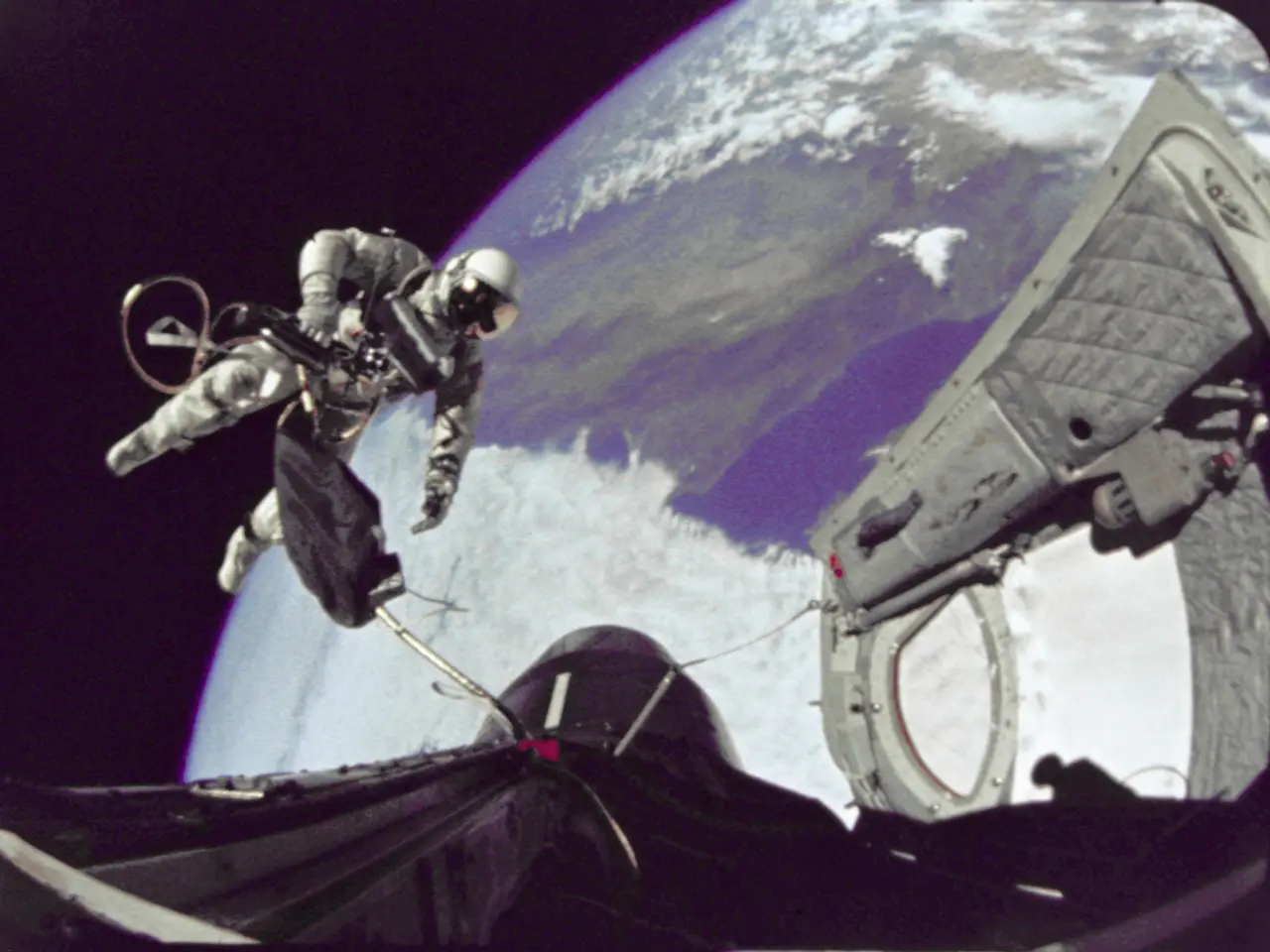Outsourcing Game Art Services for Game Development Businesses
In the dynamic world of game development, outsourcing game art has become a common practice among AAA companies like Activision Blizzard, Sony, and others. This approach offers numerous benefits, including cost savings, timely launches, and access to specialized skills without the need for full-time employees or significant investments in hardware and software.
The Process of Outsourcing Game Art
The process begins with establishing a specific art style for the game, which is communicated to the outsourcing team through a style guide. The first definitive art creations follow after the initial briefing is complete.
Throughout the project, communication remains vital. The outsourcing team shares its progress and collects feedback during the creation process. A dedicated team is assigned to the project to ensure familiarity with the main requirements before scaling up production.
The workflow for the project is adjusted by the artists from the team during this stage. They develop their ideas and interpretations of the art style through meeting boards and share their plans with the contractor.
Once the art is complete, the assets are ready to be exported in the required format, along with the original files. The final polishing occurs after the client gives the green light.
Outsourcing Companies vs. Freelancers
The main differences between game art outsourcing companies (studios) and freelancers lie in communication, organization, and workflow.
| Aspect | Outsourcing Companies (Studios) | Freelancers | |-----------------|--------------------------------------------------------------------|------------------------------------------------------------------| | Communication | Structured with designated project managers or coordinators acting as the communication bridge; clearer expectations and regular updates are standard. | Direct with the artist, which can be faster but less formal; may require more effort from the client to manage and clarify requirements. | | Organization | Studios have established workflows, including quality assurance (QA) processes, scheduling, and resource allocation; supports handling multiple assets or large projects efficiently. | Freelancers generally manage their own schedules and workflows independently, which can be flexible but lacks multi-person coordination and formal QA. | | Workflow | More formal and process-driven, often with contracts, milestones, project management tools, and bundled services that cover art production end-to-end, enabling faster delivery on complex projects. | More ad hoc and individualized workflow, possibly more adaptable for small or niche tasks but can involve risks regarding consistency, timelines, and quality assurance without external oversight. |
Studios usually charge higher rates but provide bundled services like project management and QA, which can lead to faster and more reliable delivery, especially important for meeting tight deadlines or large scopes. Freelancers offer cost-effectiveness and personal flexibility but require clearer, more detailed briefs and active communication from the client to avoid misunderstandings.
The Benefits of Outsourcing
Specialized game art outsourcing companies can assist in areas such as 3D environment, 2D illustration, 3D props and low poly assets, board game art services, and more. Outsourcing has led to the creation of more jobs, with many studios involved in developing games like The Last of Us Part II. For instance, about 2,000 people were involved from 14 third-party studios.
When hiring a game art outsourcing studio, you will need to provide them with vital information and let them take the initial steps. The final evaluation is fundamental, and clients have the opportunity to suggest any changes or fixes during this last step.
For more insights on game development costs, video game monetization models, and a complete guide to game art outsourcing in 2022, check out the resources provided.
In summary, outsourcing companies provide more formalized communication, organized workflows, and managed processes that fit larger-scale or complex game art production, while freelancers offer more direct, flexible communication and simpler workflows better suited for smaller projects or those with limited budgets. Both require clear expectations, but studios inherently facilitate smoother coordination and quality assurance.
In the realm of game development, outsourcing can extend to incorporating technology in the form of advanced hardware and software necessary for producing high-quality game art. This integration allows AAA companies to collaborate with outsourcing teams efficiently, ensuring timely development and cost savings.
Furthermore, as the demand for specialized skills in various disciplines such as 3D environment, 2D illustration, or board game art services rises, technology plays a crucial role in facilitating communication and collaboration between AAA companies and outsourcing teams, enabling seamless integration of art styles and streamlined production processes.




